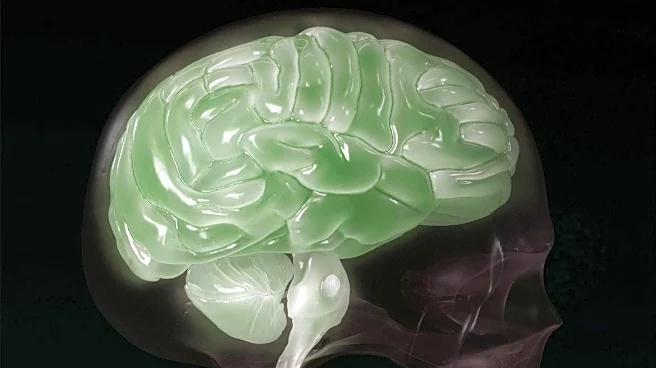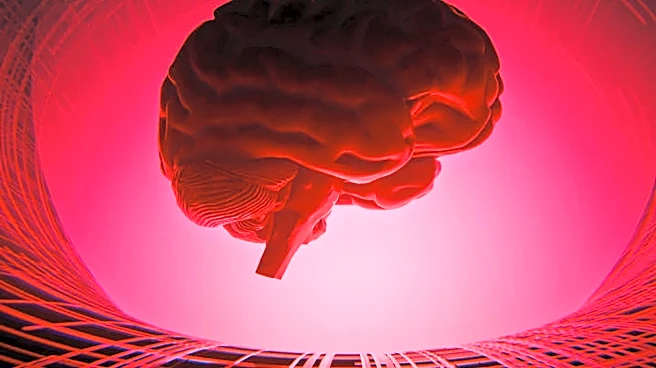What's Happening?
Recent research has highlighted the potential of using loss of smell as an early biomarker for neurodegenerative diseases such as Alzheimer's and Parkinson's. This symptom, which affects up to 90% of Parkinson's patients,
can appear years before other symptoms manifest, offering a crucial window for early diagnosis and intervention. The loss of smell is not exclusive to these diseases, as it can also occur due to aging, stress, or other conditions, which complicates its use as a definitive diagnostic tool. However, when combined with other tests and indicators, it could help confirm diagnoses and predict disease progression. The olfactory bulb, a small area of the forebrain, is responsible for processing smells and is closely linked to memory and emotions. Damage to this area, potentially caused by viruses, pesticides, or toxins, may precede the spread of neurodegenerative diseases to other parts of the brain.
Why It's Important?
The identification of loss of smell as an early biomarker for neurodegenerative diseases is significant because it could lead to earlier diagnosis and more effective treatment options. Early detection is crucial in managing diseases like Parkinson's and Alzheimer's, where significant neuronal damage has often occurred by the time traditional symptoms appear. This research could shift the focus of diagnosis to earlier stages, potentially improving patient outcomes and quality of life. The ability to diagnose these diseases earlier could also reduce healthcare costs and improve resource allocation, as treatments could be administered before extensive damage occurs. Additionally, understanding the link between smell and neurodegenerative diseases could open new avenues for research into the causes and mechanisms of these conditions.
What's Next?
Further research is needed to understand the mechanisms behind the loss of smell in neurodegenerative diseases and to develop reliable diagnostic tests that incorporate this symptom. Scientists may explore the role of the olfactory bulb and its connections to other brain regions to better understand how neurodegenerative processes begin. Clinical trials could be conducted to test the efficacy of using loss of smell as a diagnostic tool, potentially leading to new protocols for early detection. Healthcare providers and researchers may collaborate to develop comprehensive diagnostic criteria that include olfactory tests, improving the accuracy of early diagnoses. Additionally, public health campaigns could be launched to raise awareness about the importance of early detection and the potential role of smell loss in identifying neurodegenerative diseases.
Beyond the Headlines
The implications of using loss of smell as a biomarker extend beyond immediate diagnosis and treatment. Ethically, this approach raises questions about how early detection might affect patients' mental health and quality of life, as knowing one's risk for a neurodegenerative disease could lead to anxiety or stress. Culturally, this research underscores the importance of smell, a sense often underestimated, in our understanding of brain health. Long-term, this could lead to a shift in how neurodegenerative diseases are perceived and managed, with a greater emphasis on preventive measures and early intervention. Additionally, this research could influence the development of new therapies targeting the olfactory bulb and its connections, potentially offering new hope for patients with these conditions.











